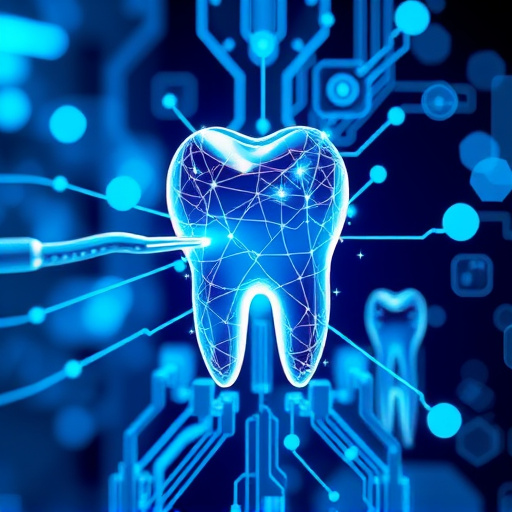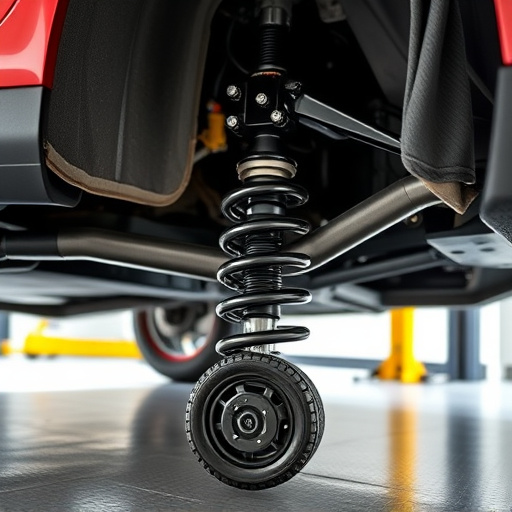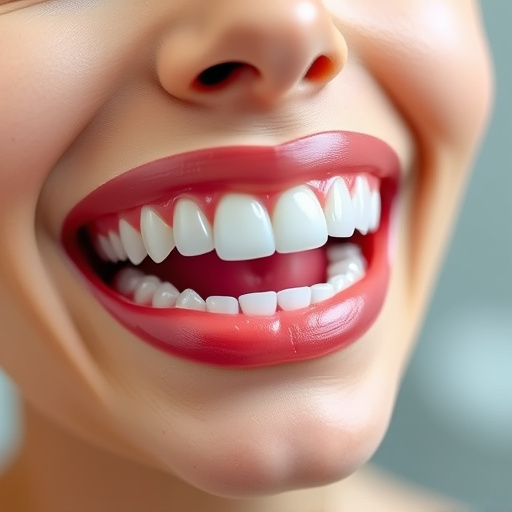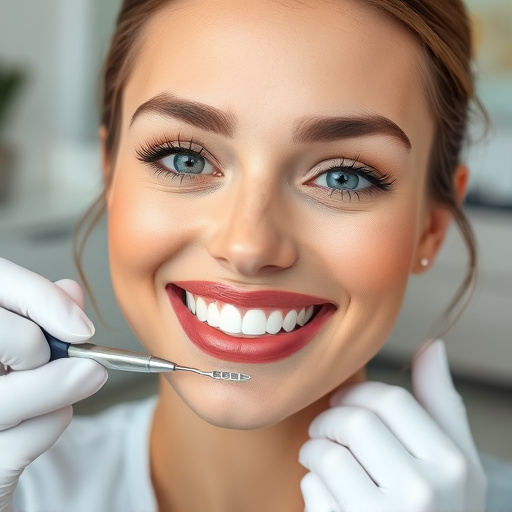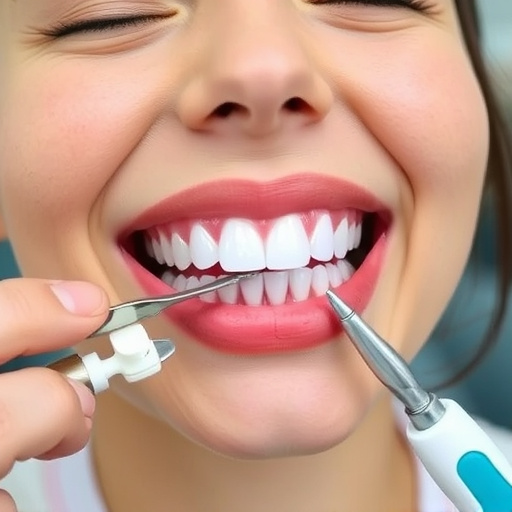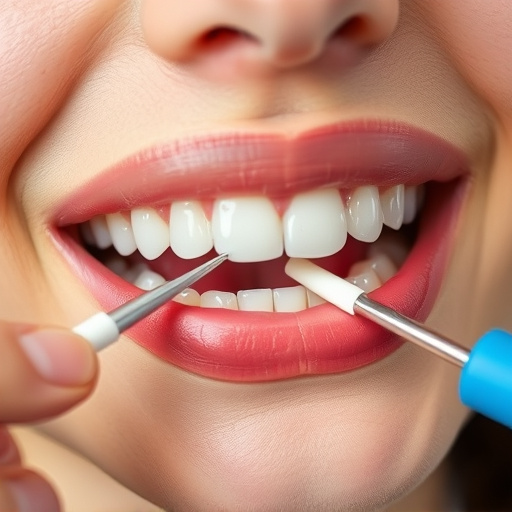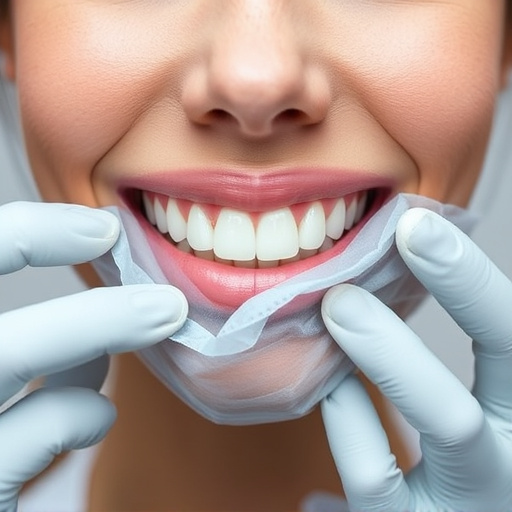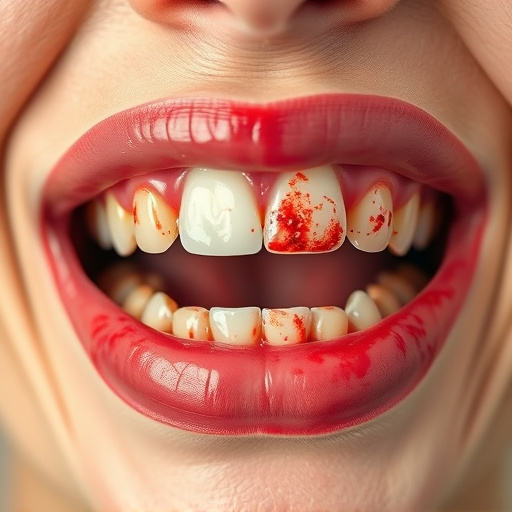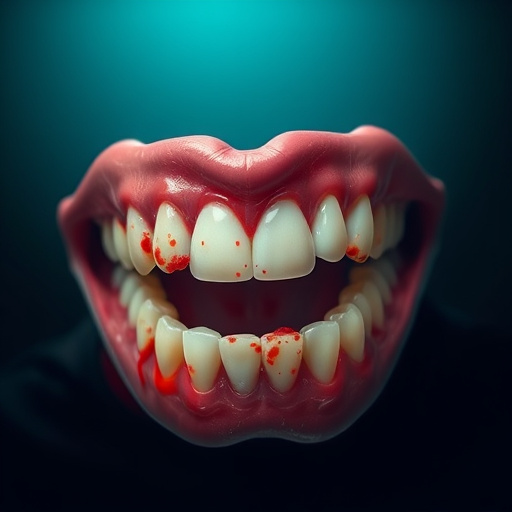Teeth grinding (bruxism) is a serious oral health issue often linked to stress and anxiety, leading to tooth wear, fractures, and jaw disorders if untreated. Early intervention through regular dental visits and custom mouthguards is crucial. Non-invasive treatments like dental bonding can restore tooth structure, while preventative measures are key for long-term protection. A comprehensive approach including professional diagnosis, specialized mouthguards, regular check-ups, and cosmetic dentistry procedures ensures optimal teeth grinding treatment and preserves smile health and aesthetics.
Teeth grinding, or bruxism, is a common yet destructive habit that can lead to significant dental issues. Beyond causing wear and tear on your enamel, it can result in headaches, jaw pain, and sleep disturbances. This article explores non-invasive treatment options for teeth grinding, focusing on long-lasting solutions that preserve your tooth structure. We’ll delve into comprehensive strategies to protect your smile and restore oral health.
- Understanding Teeth Grinding and Its Impact
- Non-Invasive Treatment Options for Long-Lasting Results
- Protecting Your Smile: A Comprehensive Approach to Tooth Conservation
Understanding Teeth Grinding and Its Impact
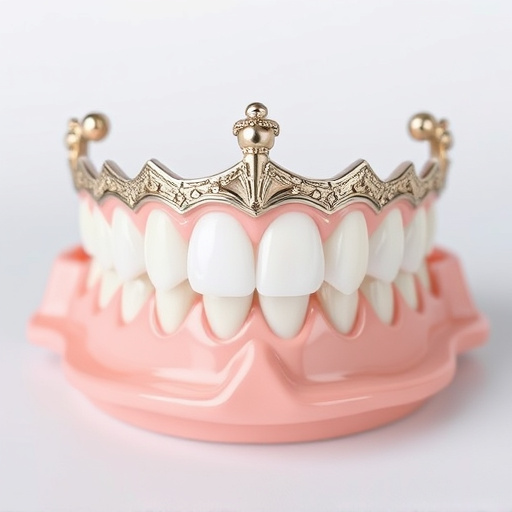
Teeth grinding, also known as bruxism, is a common condition that can have significant impacts on oral health if left untreated. It often occurs during sleep and involves clenching or grinding your teeth together, leading to potential damage to both enamel and the underlying structures. Over time, this habit can result in tooth wear, fractures, and even jaw joint disorders. Understanding the cause of teeth grinding is crucial for effective treatment. Stress and anxiety are primary triggers, making it a concern not just for adults but also for children, often related to developmental or psychological factors.
A comprehensive approach involving both teeth grinding treatment and preventive dentistry practices can help mitigate these issues. Regular visits to your general or family dentistry office play a vital role in monitoring and managing bruxism. Dentists can provide custom mouthguards that protect teeth during sleep while also offering guidance on stress management techniques. Preventive dentistry measures, such as regular dental cleanings and check-ups, ensure any emerging problems are identified early, allowing for prompt intervention to preserve tooth structure and overall oral health.
Non-Invasive Treatment Options for Long-Lasting Results
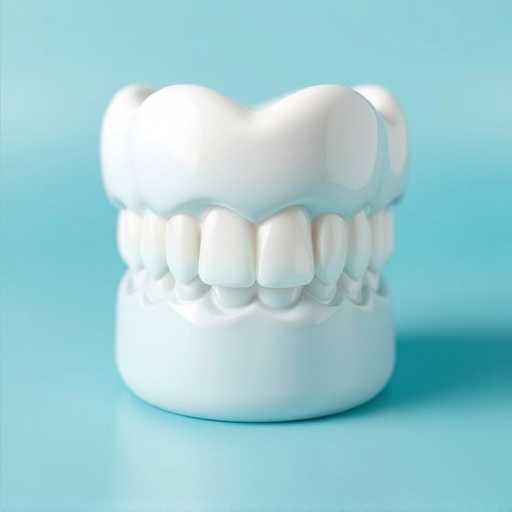
Many individuals suffering from teeth grinding (bruxism) seek long-lasting solutions that preserve their tooth structure. Thankfully, there are several non-invasive treatment options available in modern cosmetic dentistry. One effective method is dental bonding, a procedure where a resin material is applied to the damaged or weakened tooth and hardened with a special light. This process not only restores the tooth’s shape and size but also enhances its appearance, making it an ideal solution for those concerned about both function and aesthetics.
Emergency dental care services often play a crucial role in managing teeth grinding by providing prompt relief for acute issues like chipped or fractured teeth. While these immediate interventions are vital, long-term strategies should focus on preventative measures and non-invasive treatments to avoid further damage. By combining dental bonding with regular check-ups and other conservative approaches, patients can achieve lasting results without resorting to more extensive procedures.
Protecting Your Smile: A Comprehensive Approach to Tooth Conservation
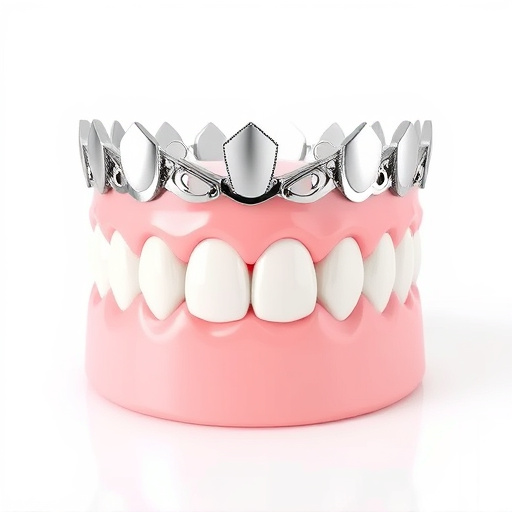
Protecting your smile is a multifaceted endeavor, especially when dealing with teeth grinding, or bruxism. A comprehensive approach to tooth conservation involves addressing both the immediate symptoms and the underlying causes. Start by seeking professional help for an accurate diagnosis—a crucial step in determining the most effective teeth grinding treatment. Your dentist might recommend specialized mouthguards tailored to prevent nocturnal teeth grinding, which can significantly reduce damage to your dentition.
In addition to these measures, regular check-ups with your dentist are essential. They can provide emergency dental care when needed and offer guidance on maintaining optimal oral hygiene. For those looking for long-term solutions, cosmetic dentistry procedures like tooth repair and restoration can be life-changing, helping to restore not just the health of your teeth but also their appearance, thereby preserving your smile for years to come.
Teeth grinding, or bruxism, can cause significant damage if left untreated. However, with a comprehensive understanding of the condition and access to non-invasive treatment options, it’s possible to preserve tooth structure effectively. By combining advanced techniques with a focus on long-lasting results, dental professionals can help patients find relief from bruxism and protect their smiles for years to come. Incorporating regular checkups and adopting a holistic approach to oral health further ensures optimal tooth conservation. Thus, recognizing the importance of early intervention and exploring suitable teeth grinding treatment options is key to maintaining a healthy, functional smile.
